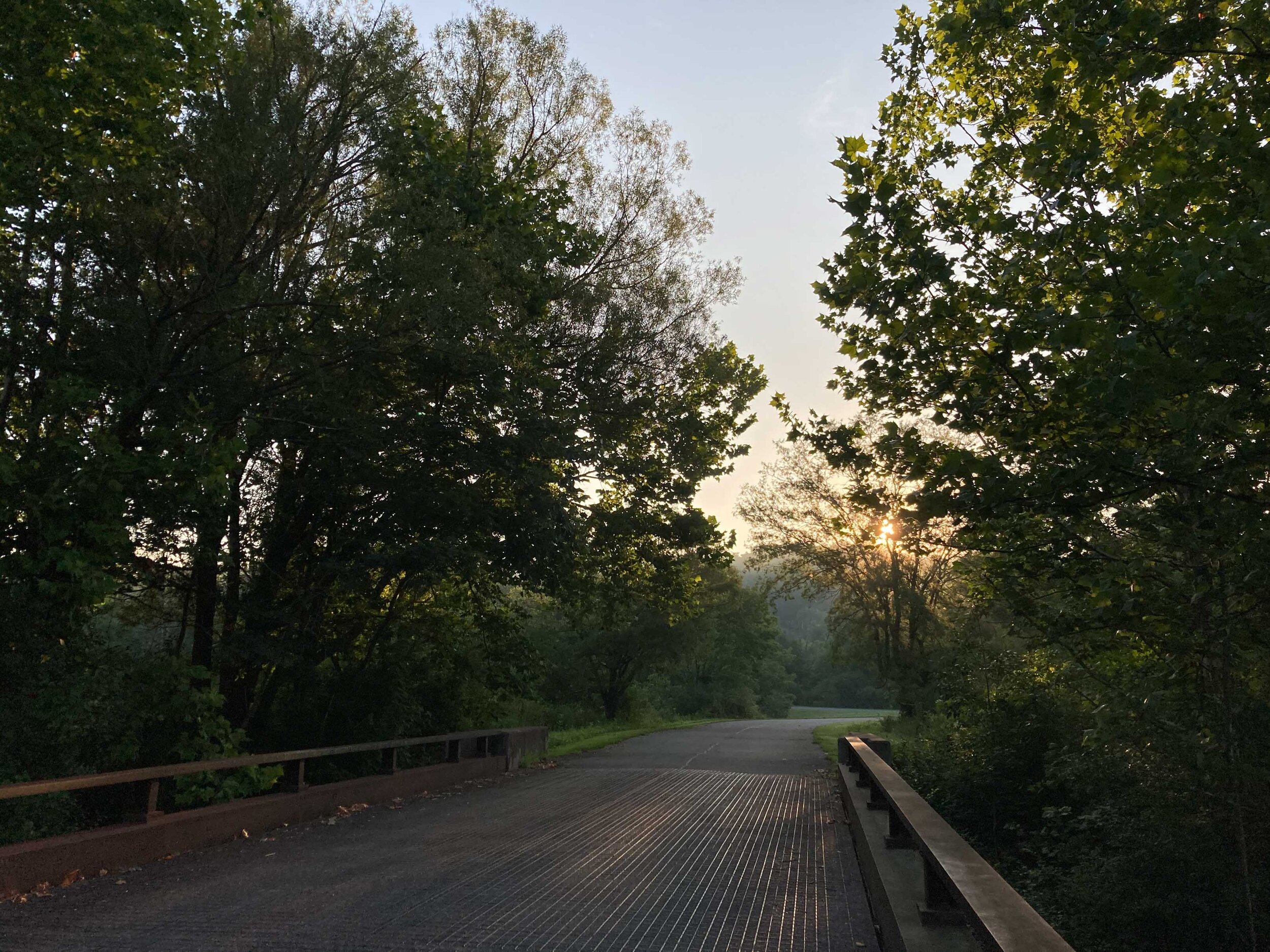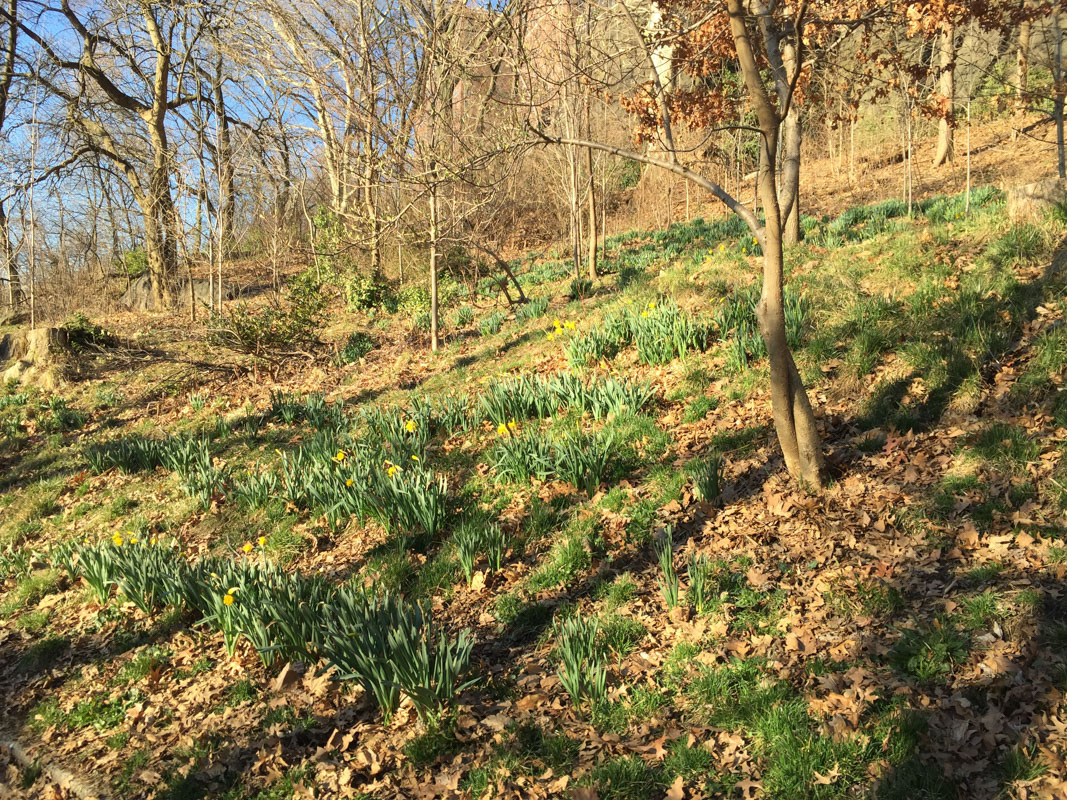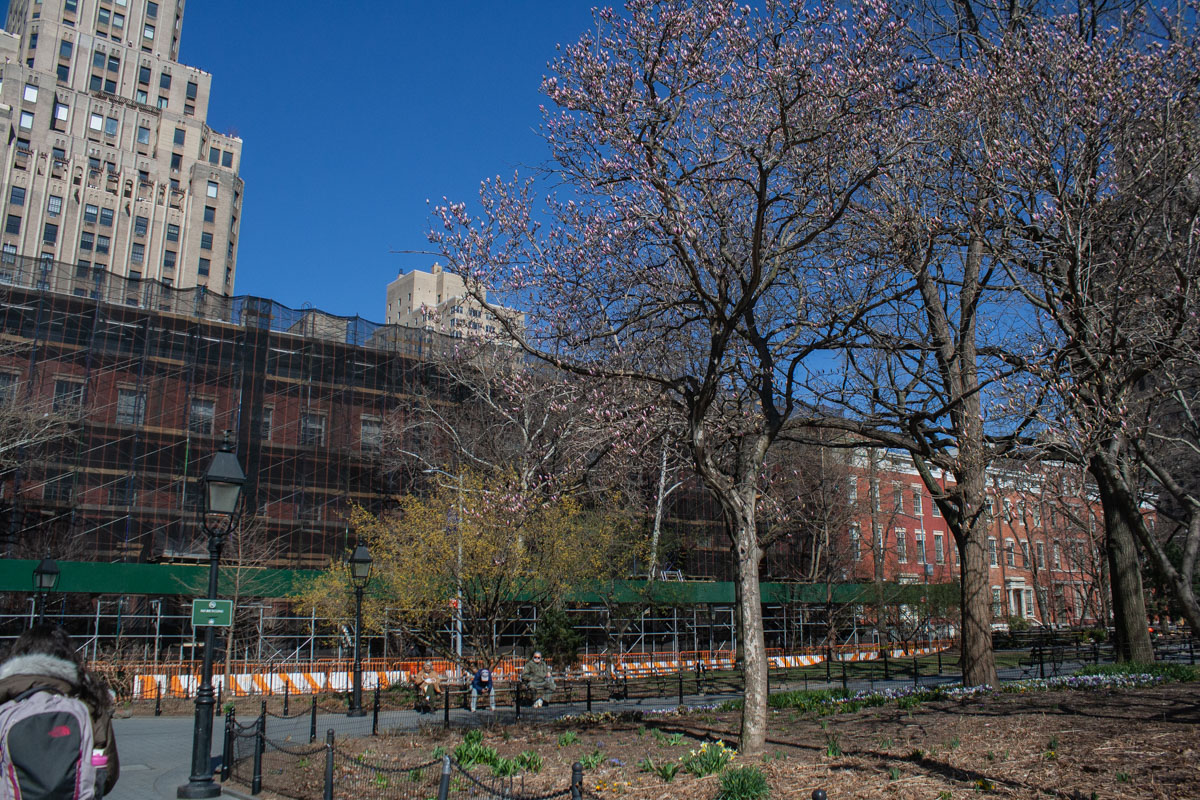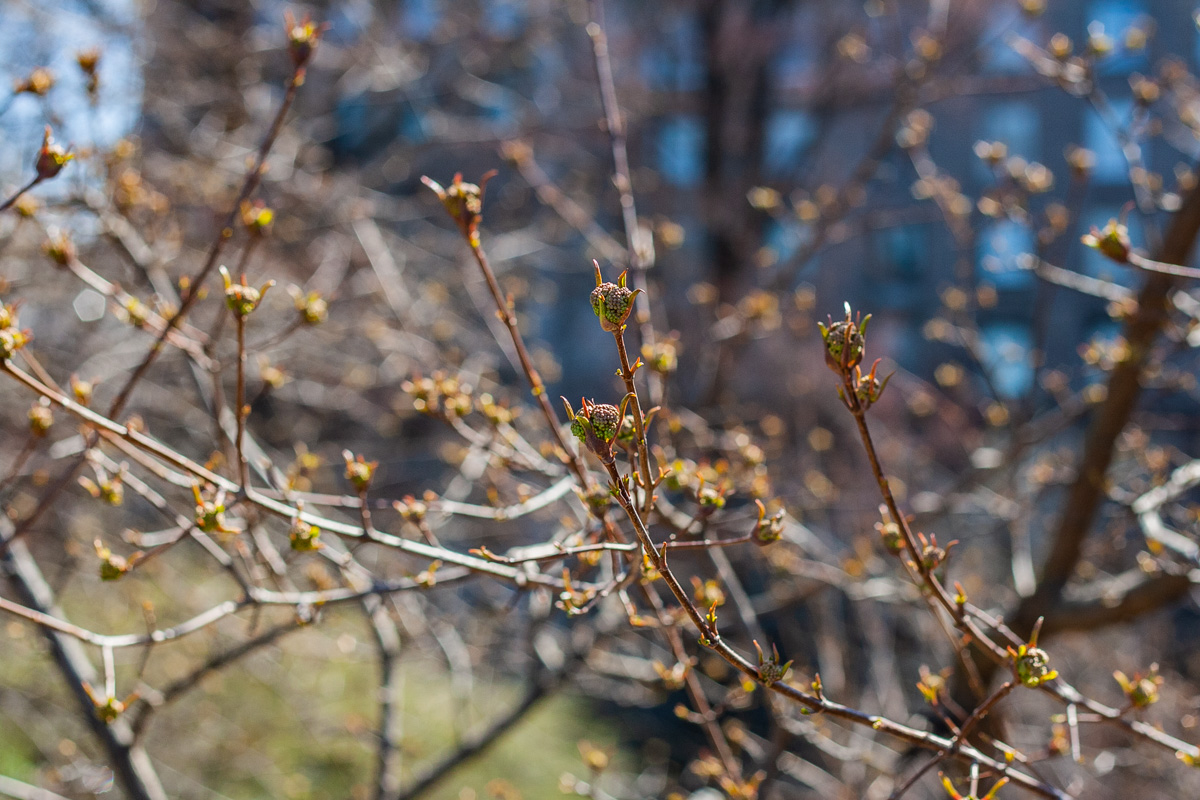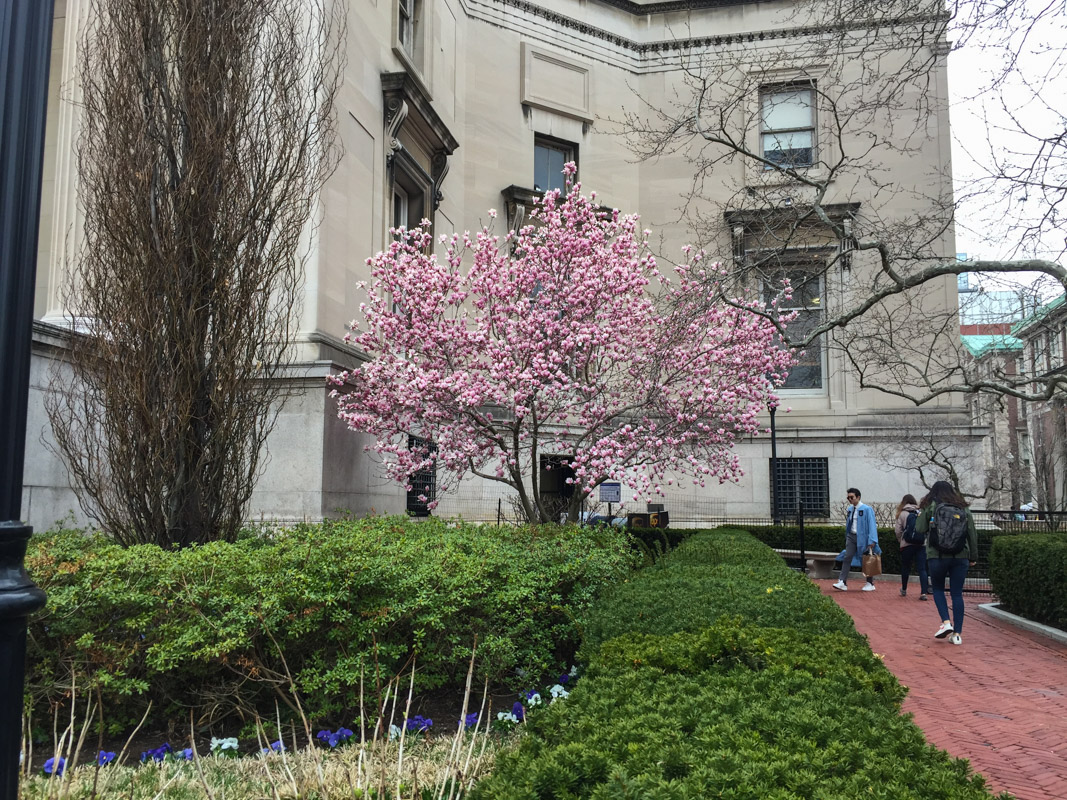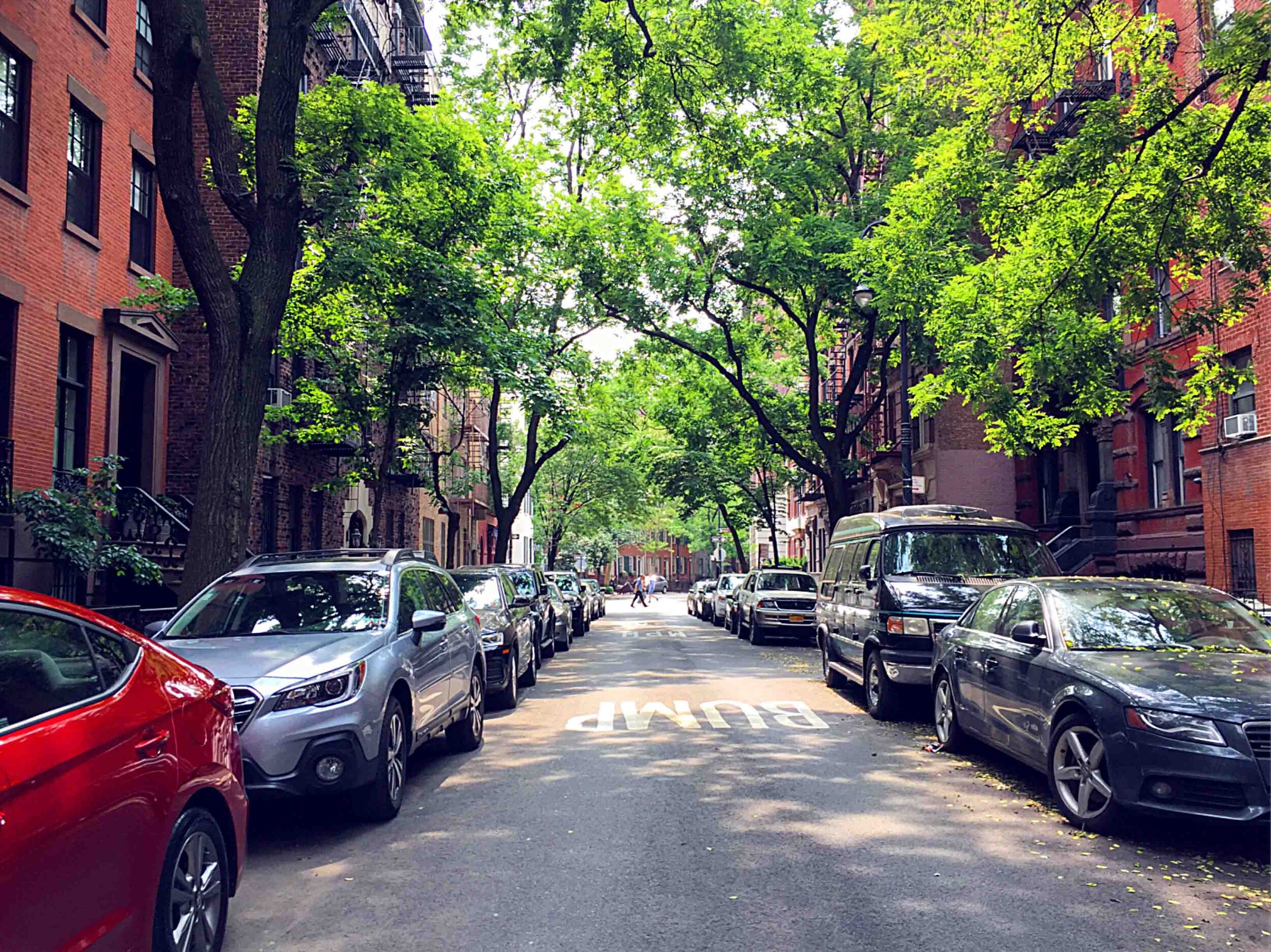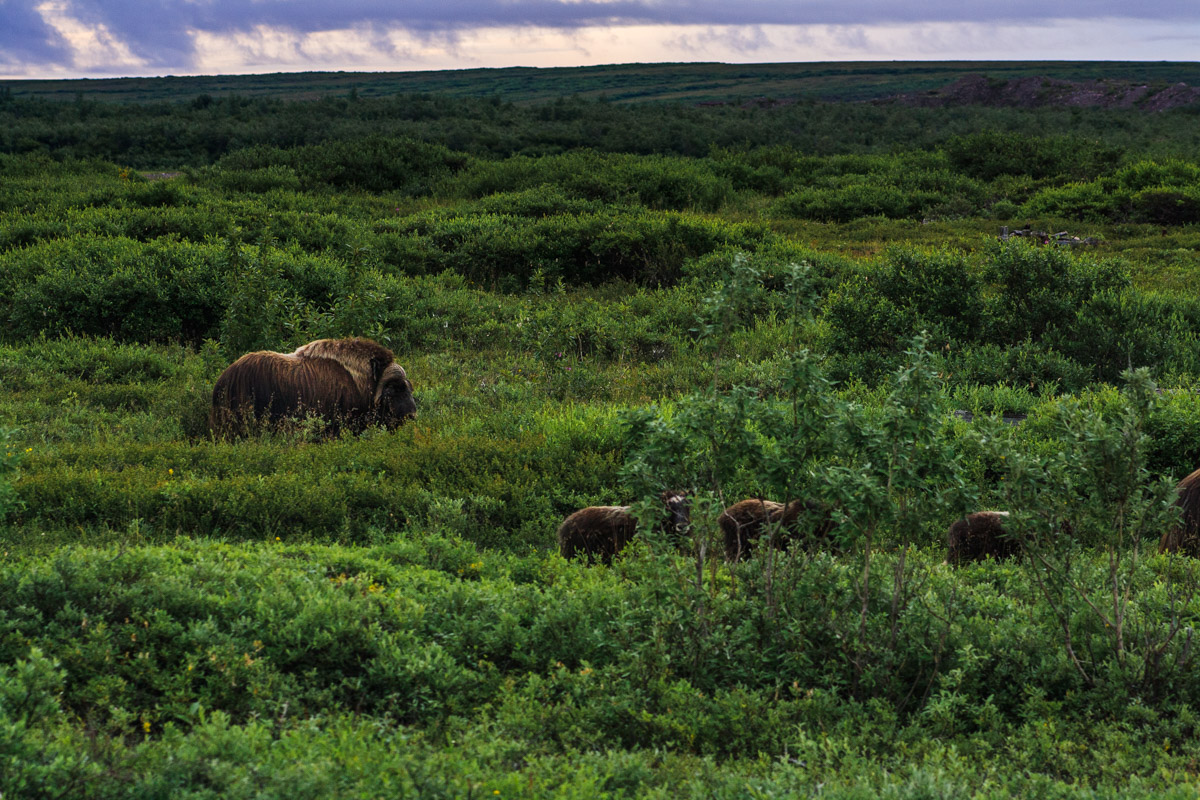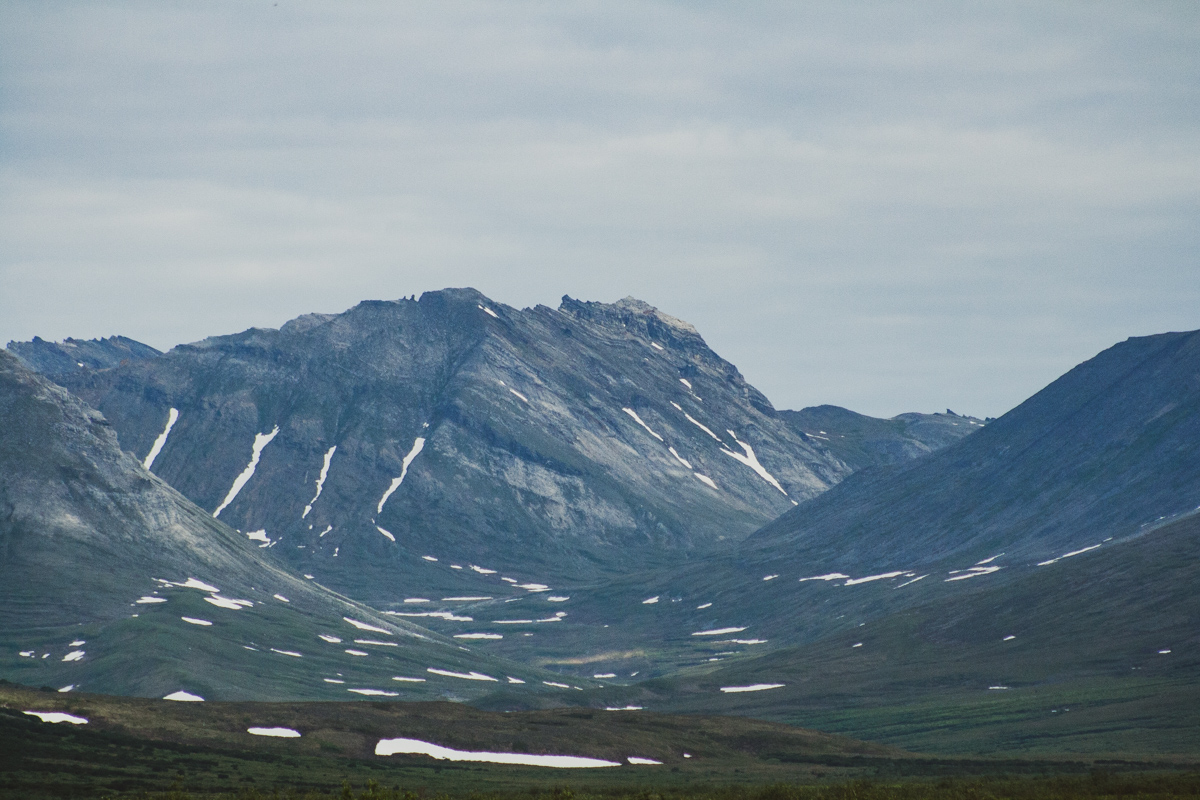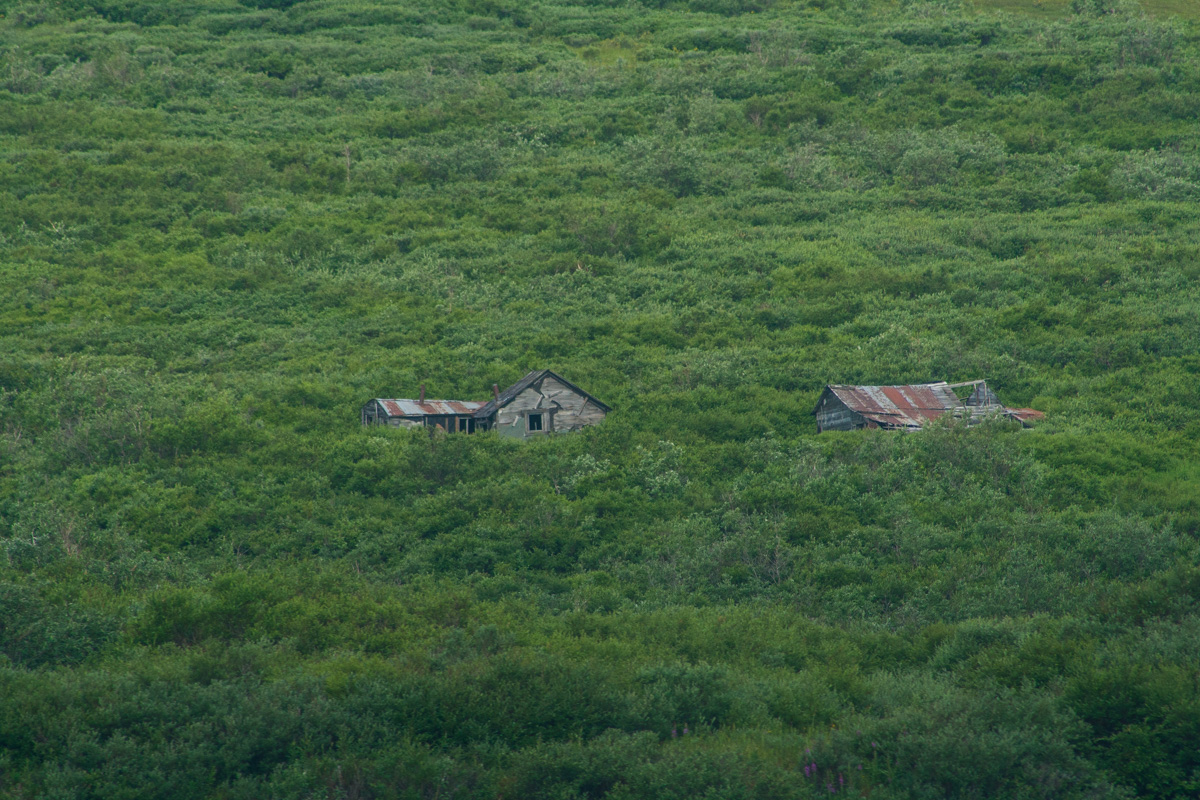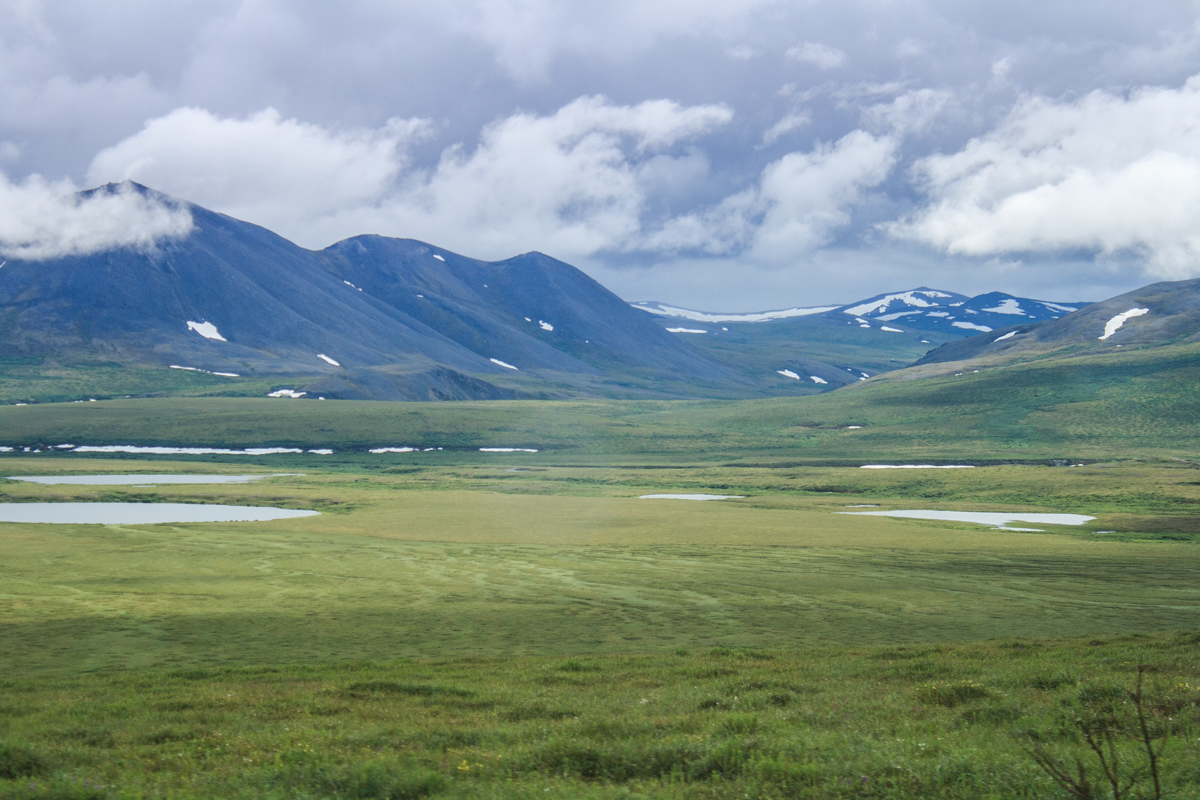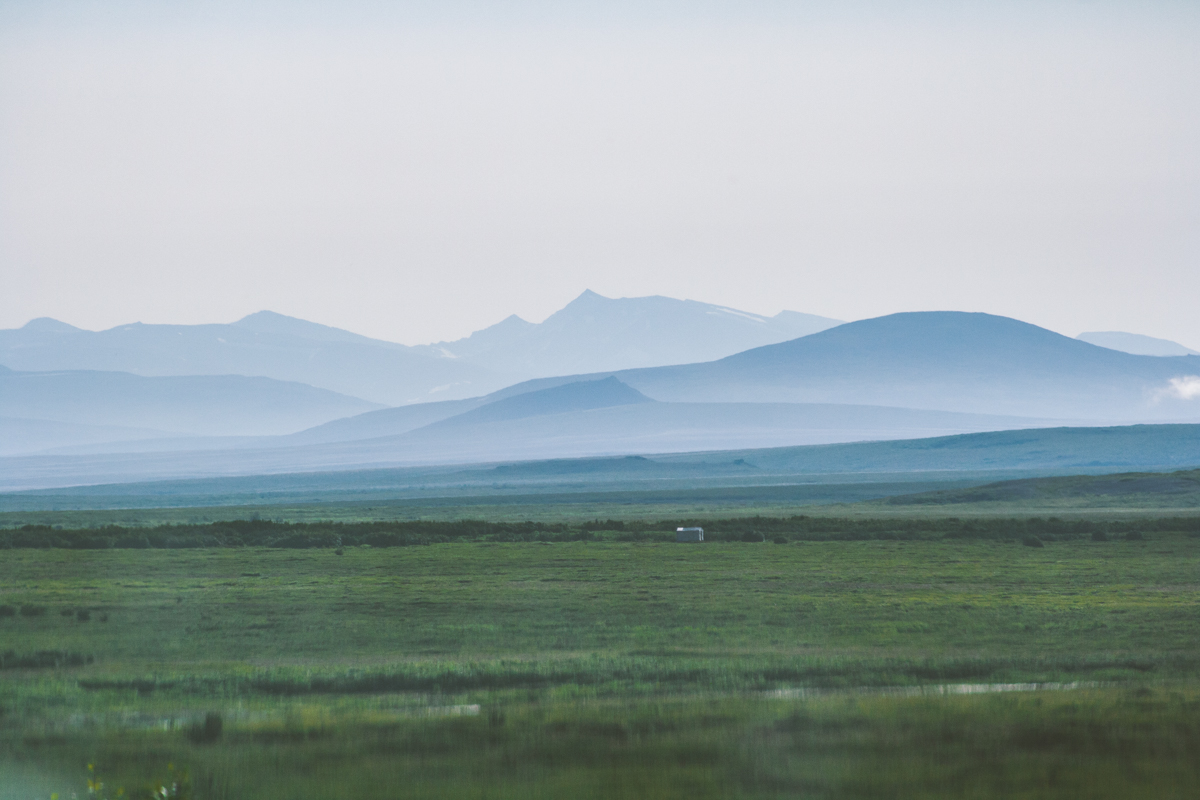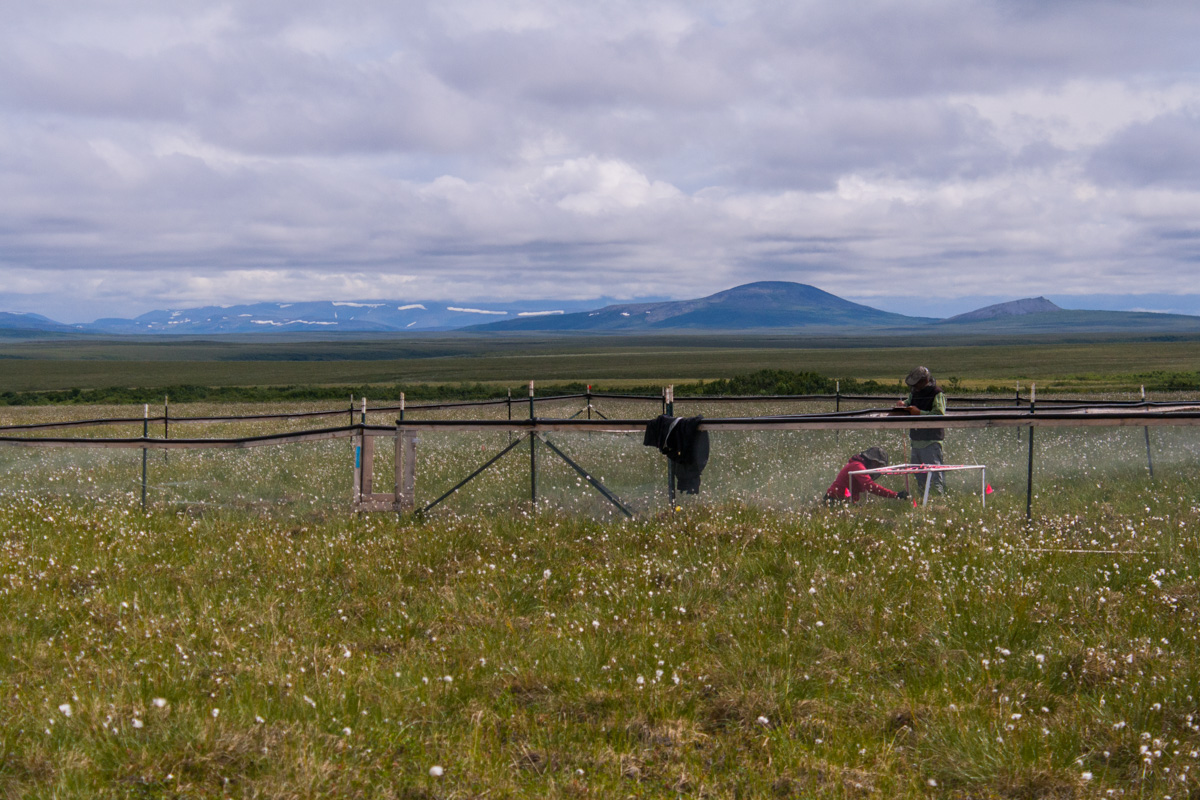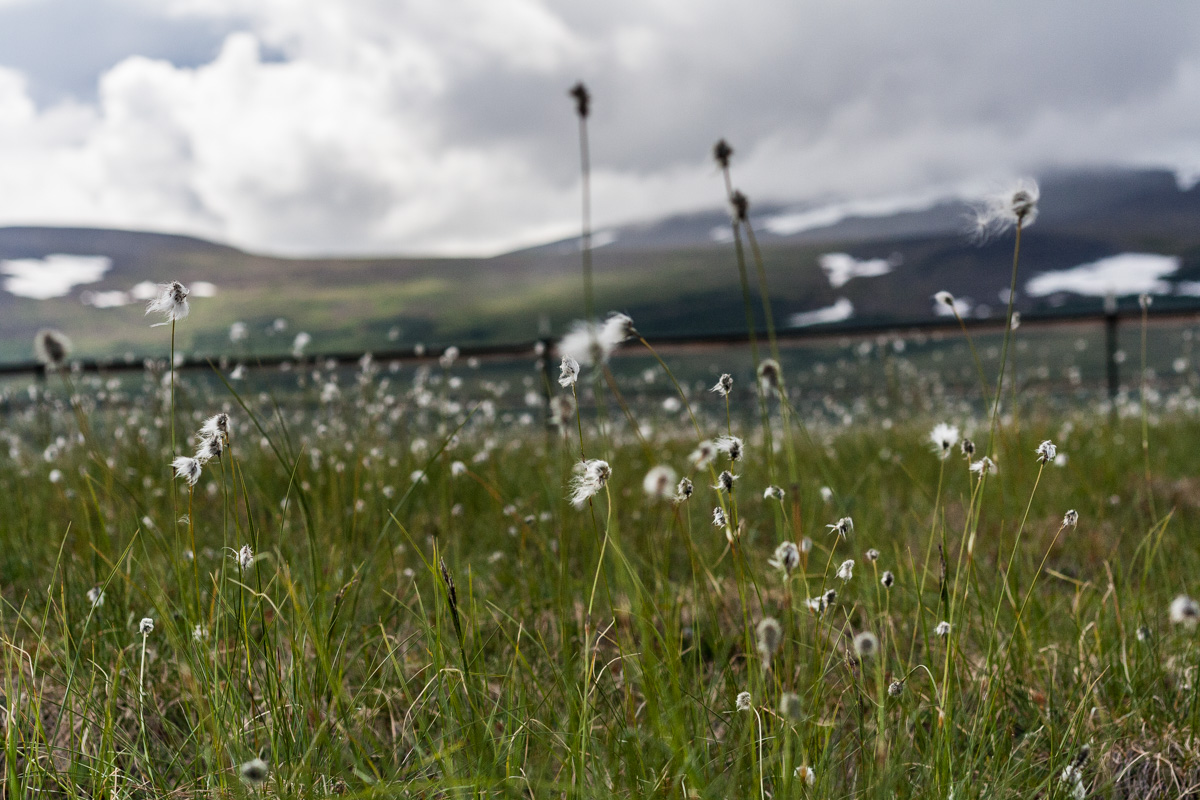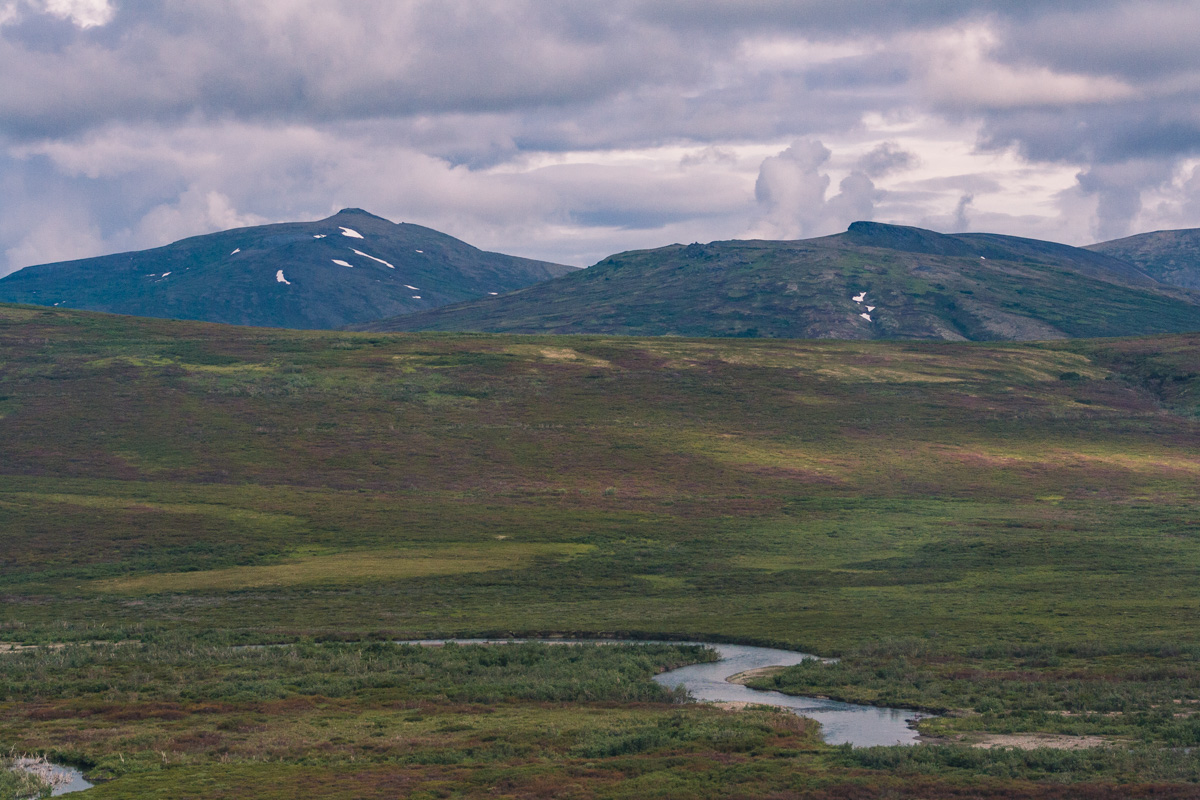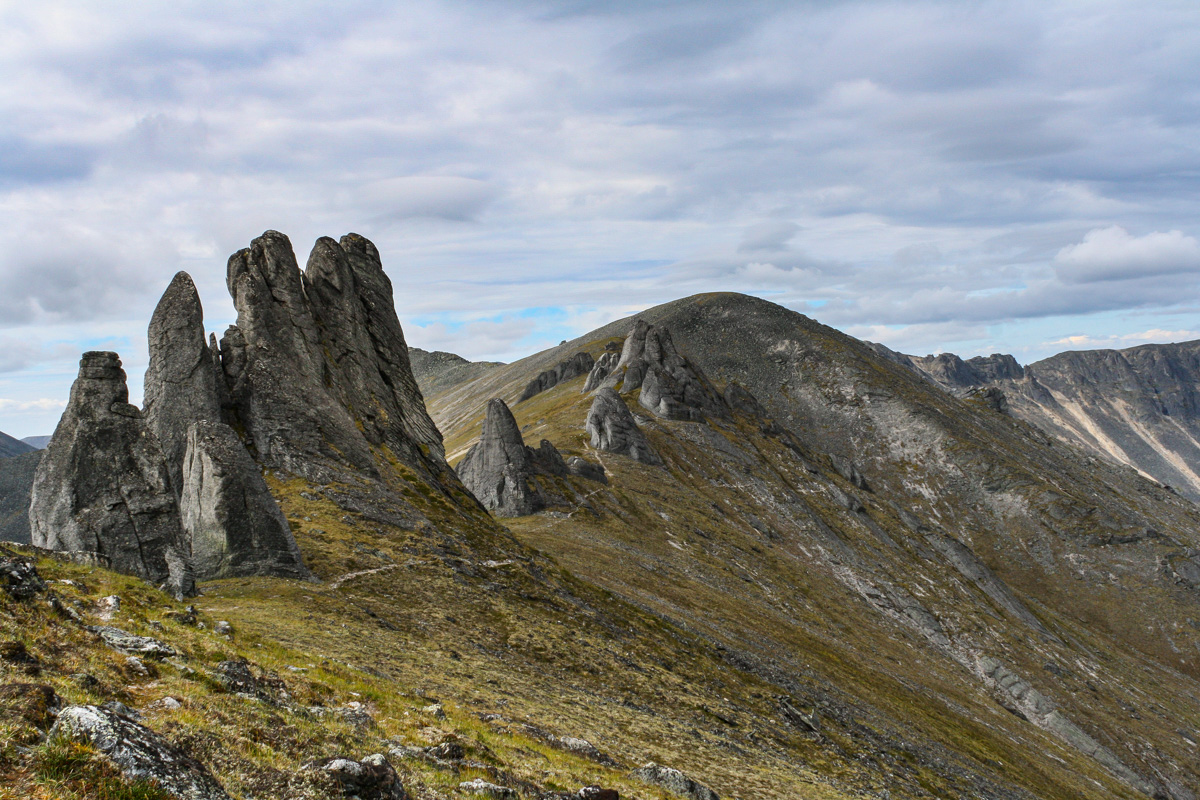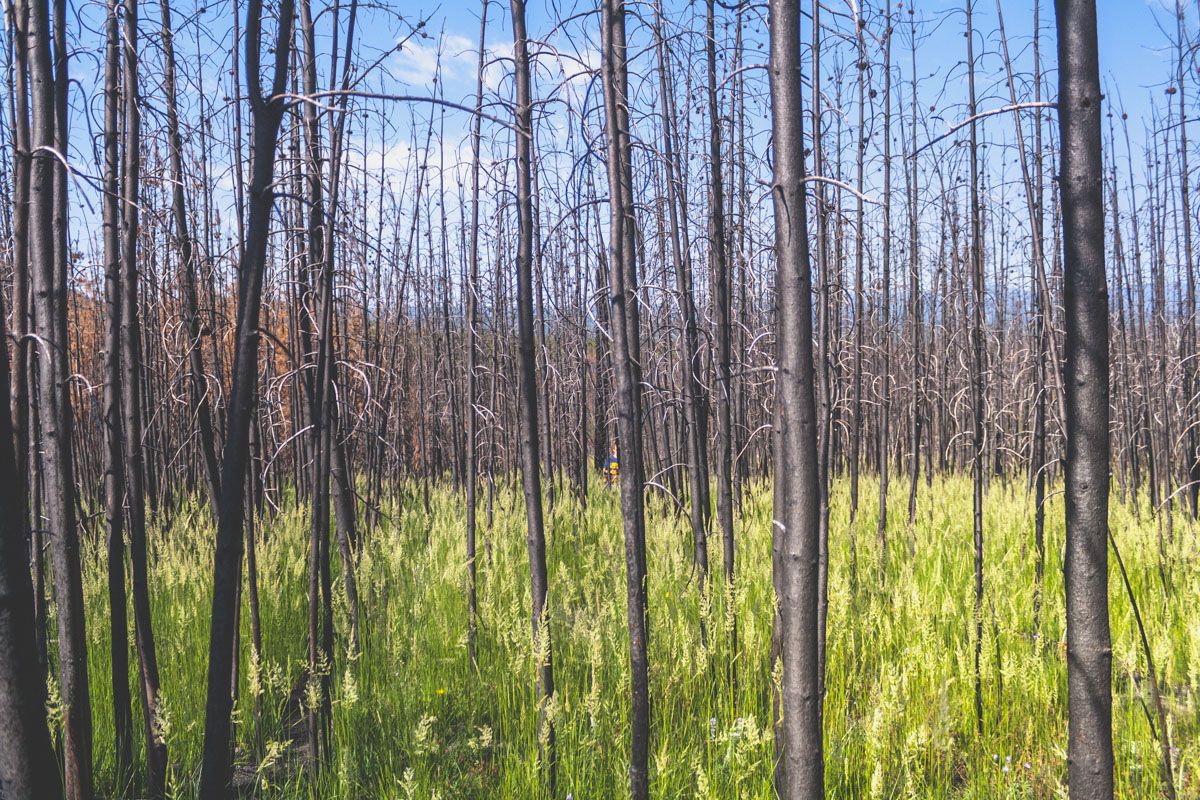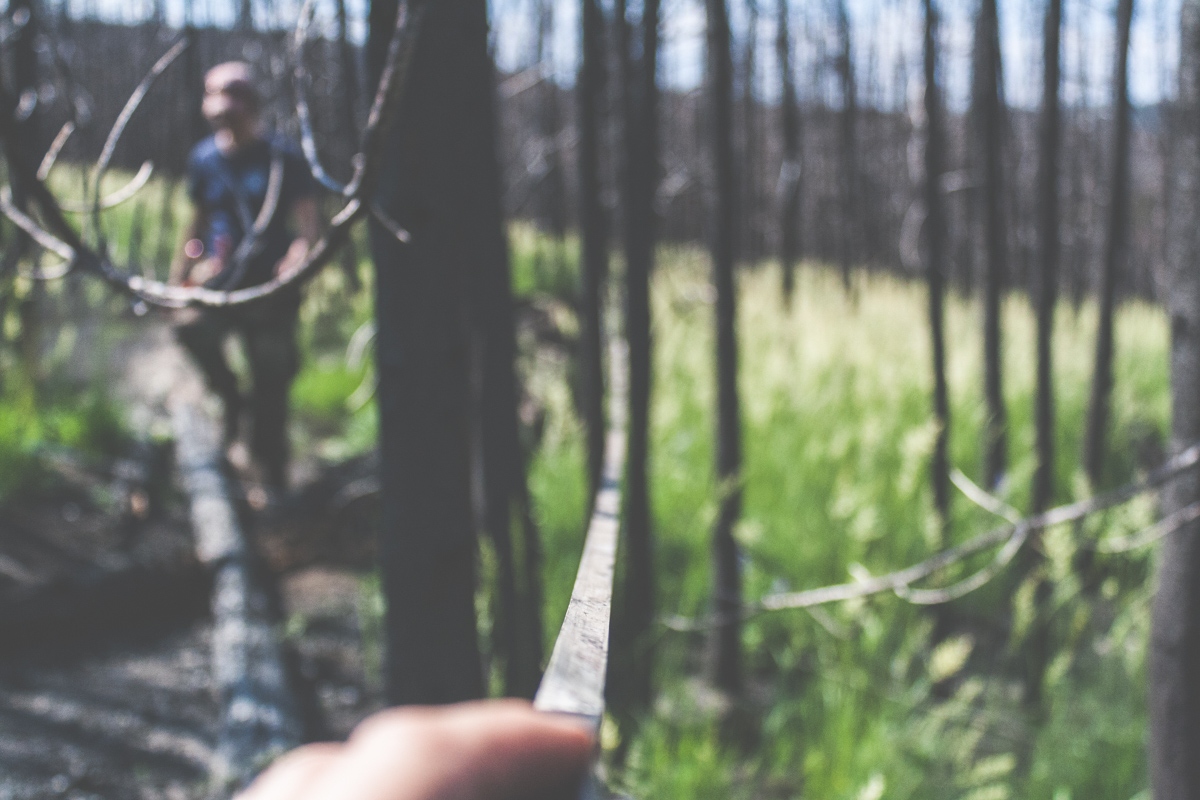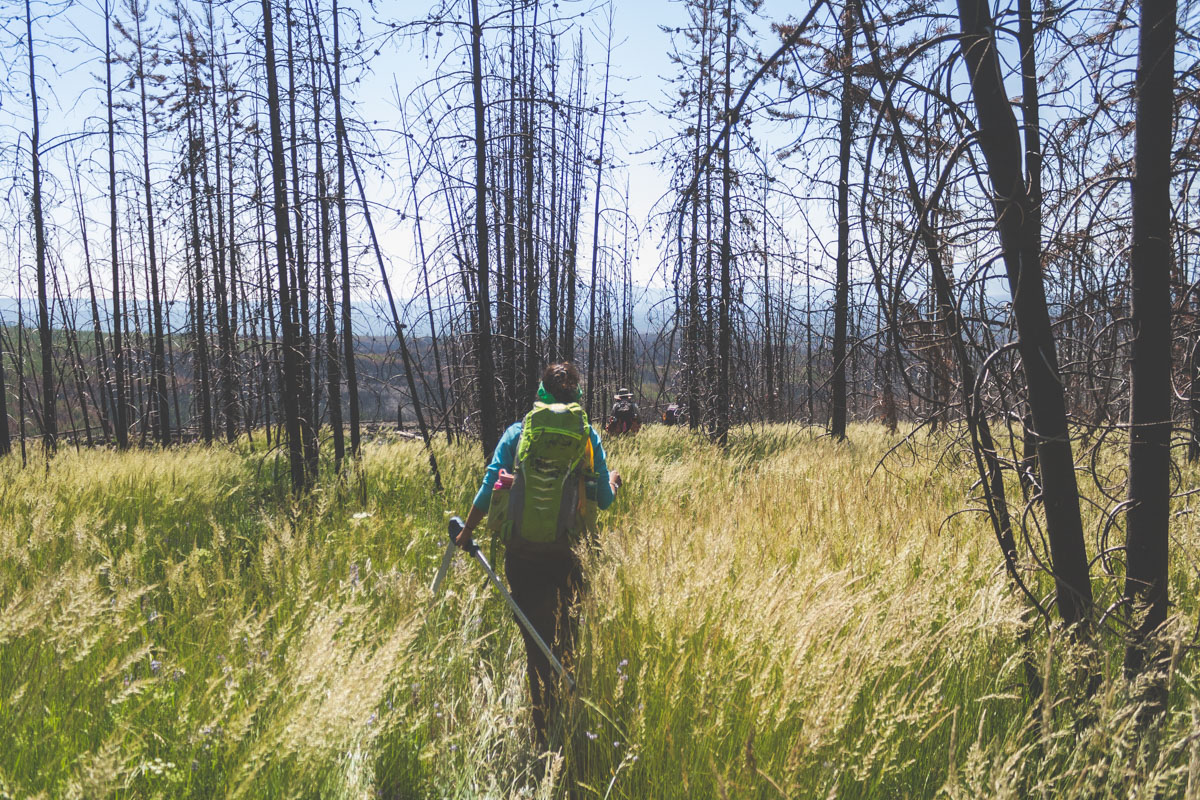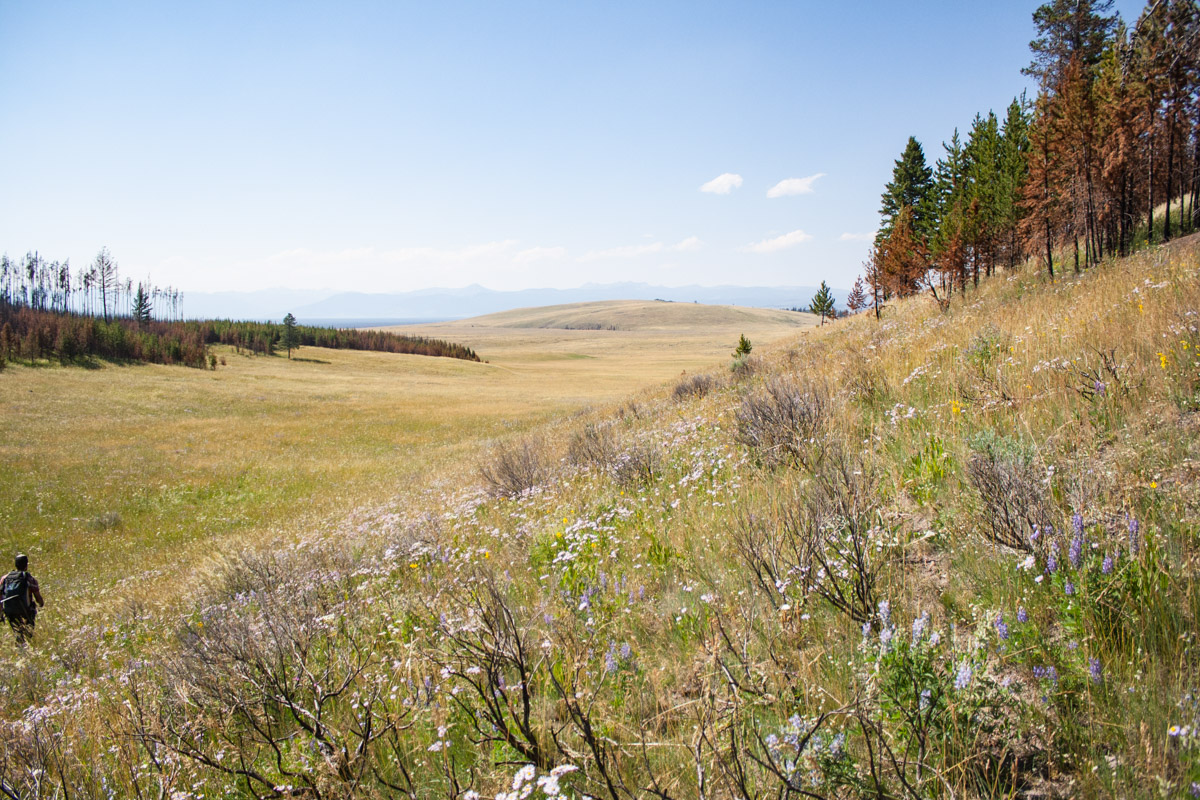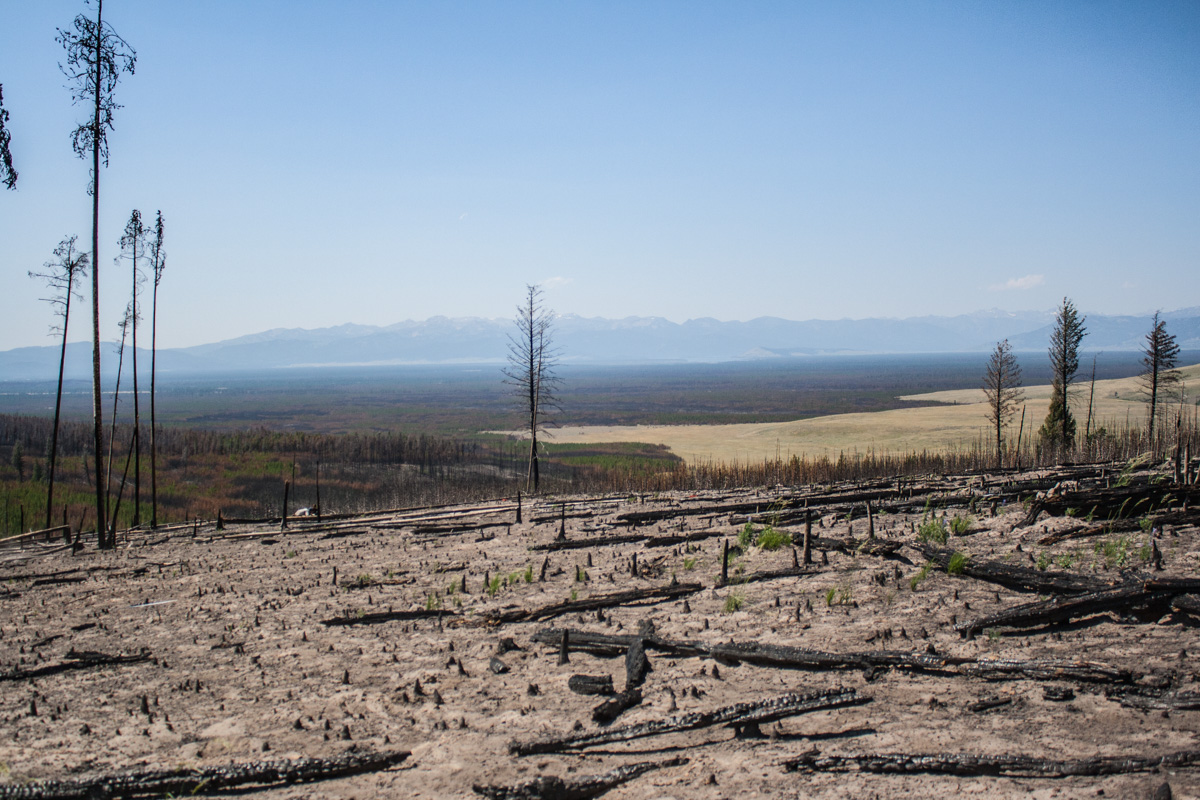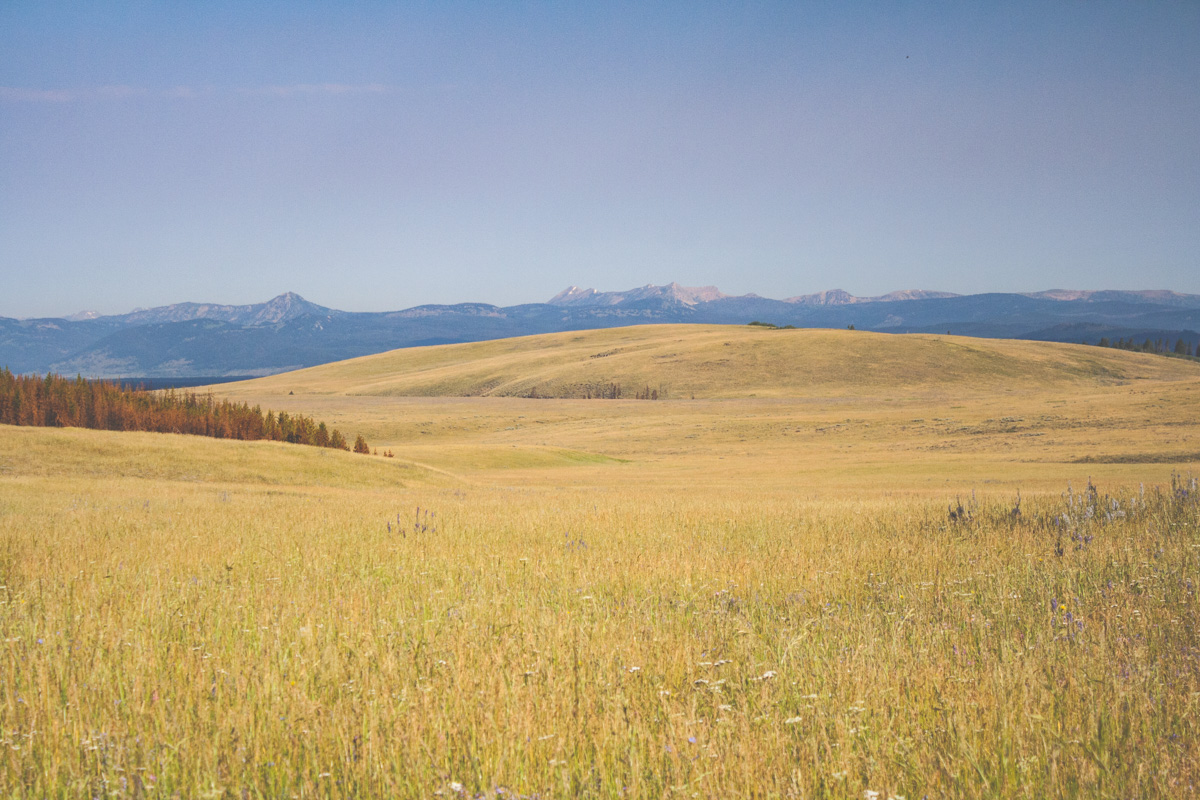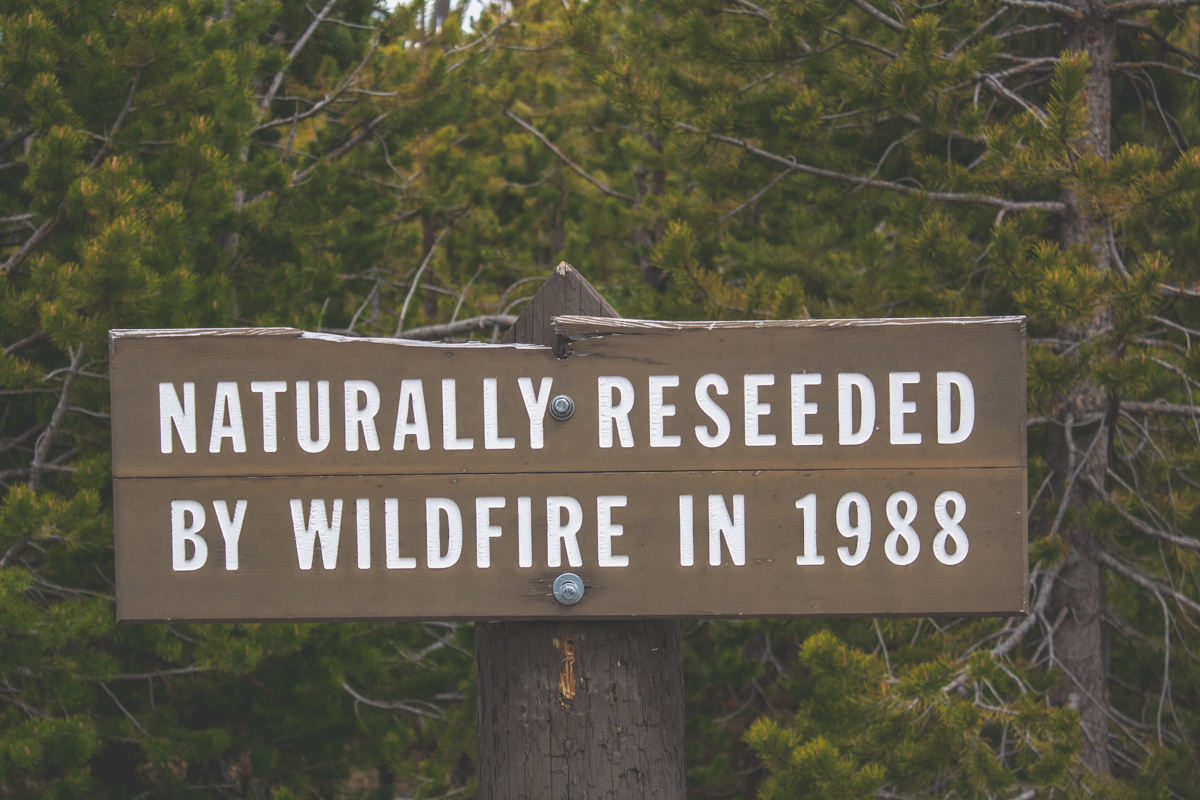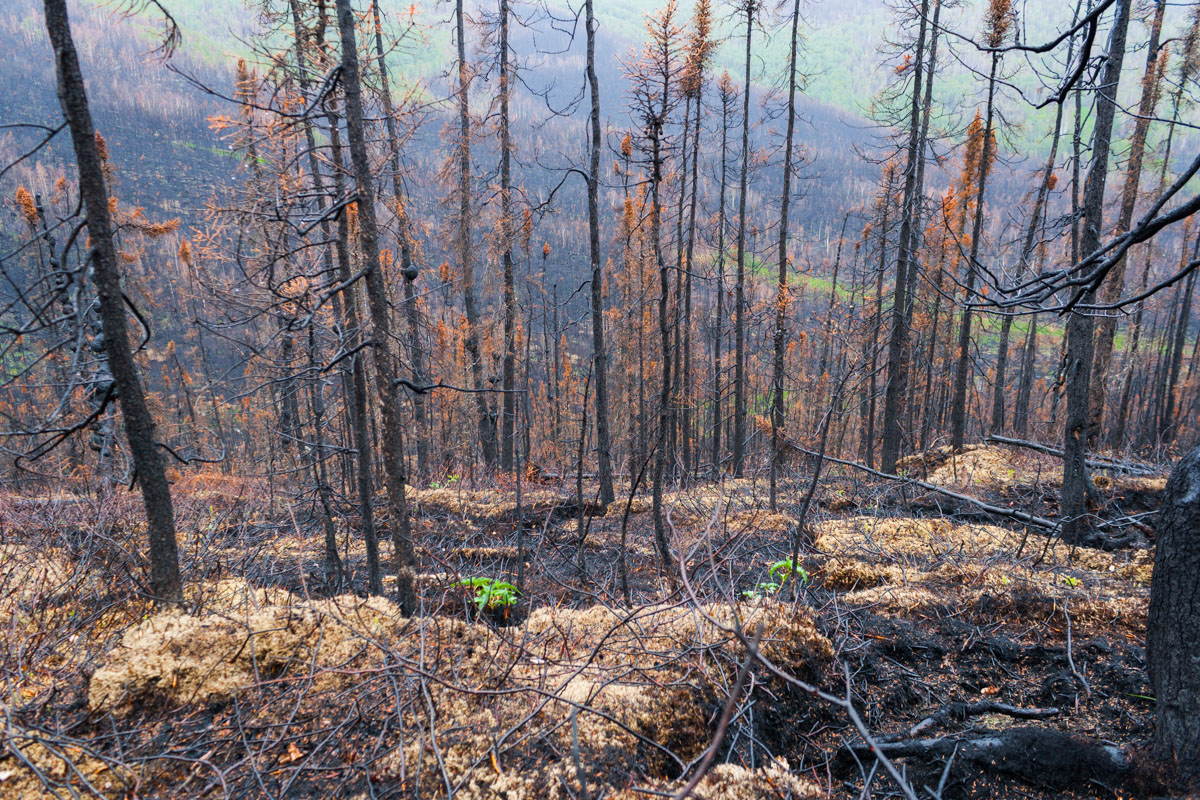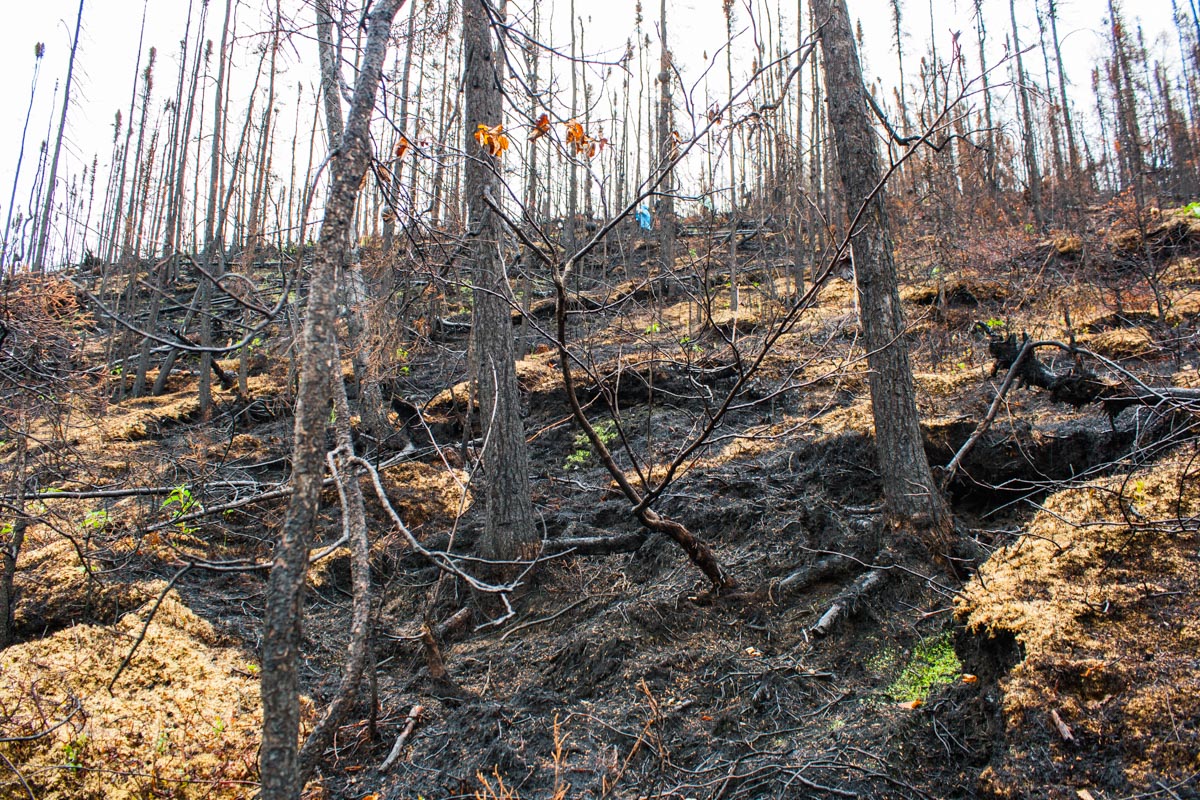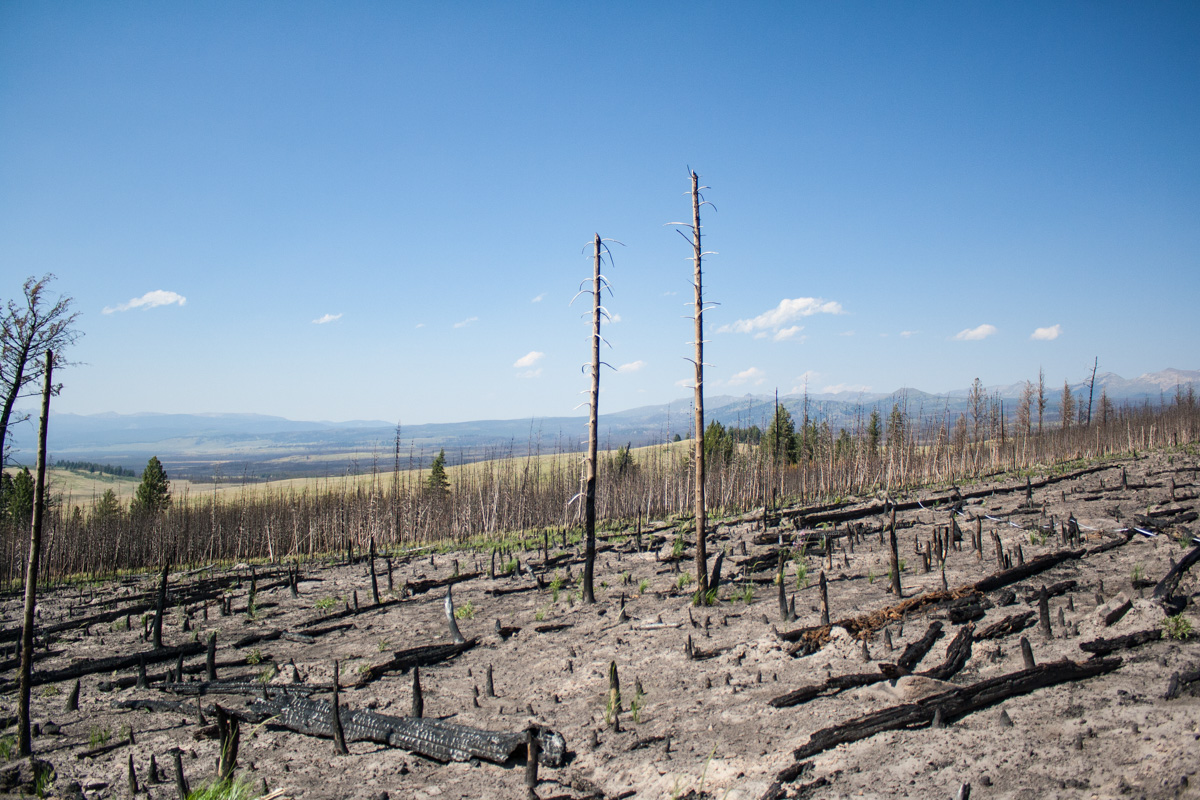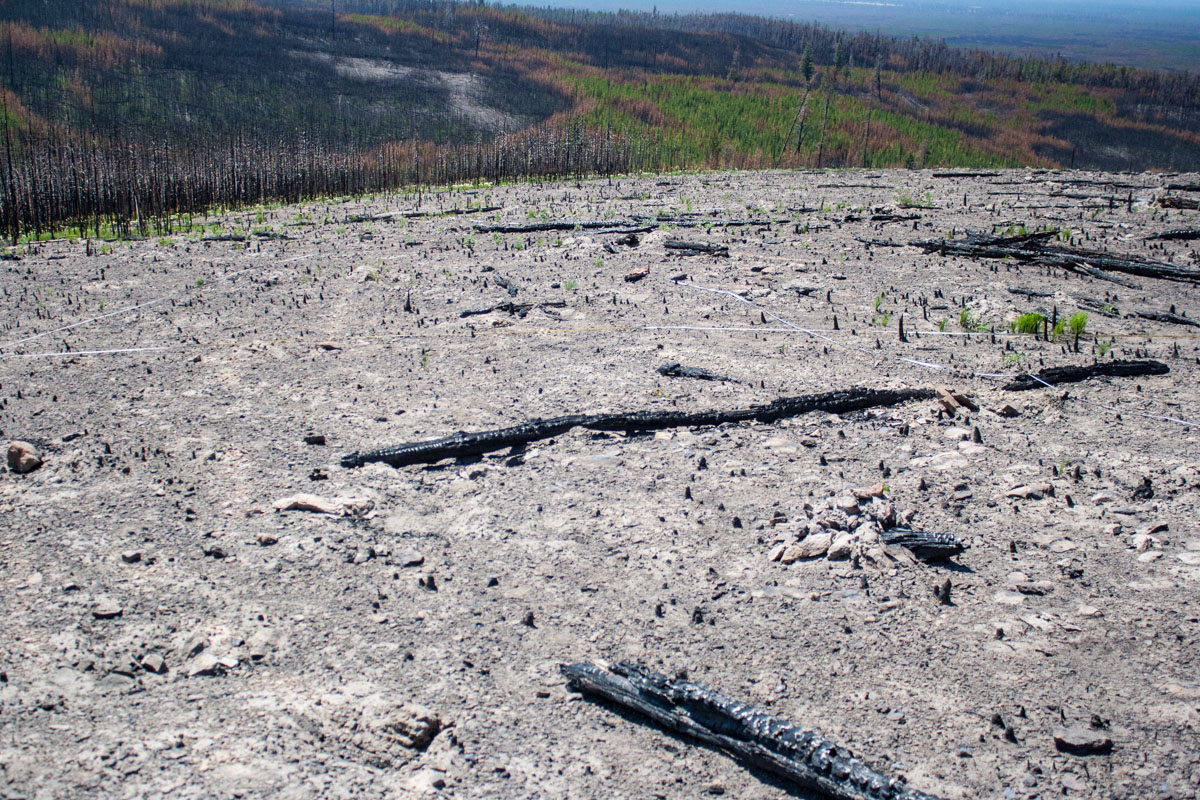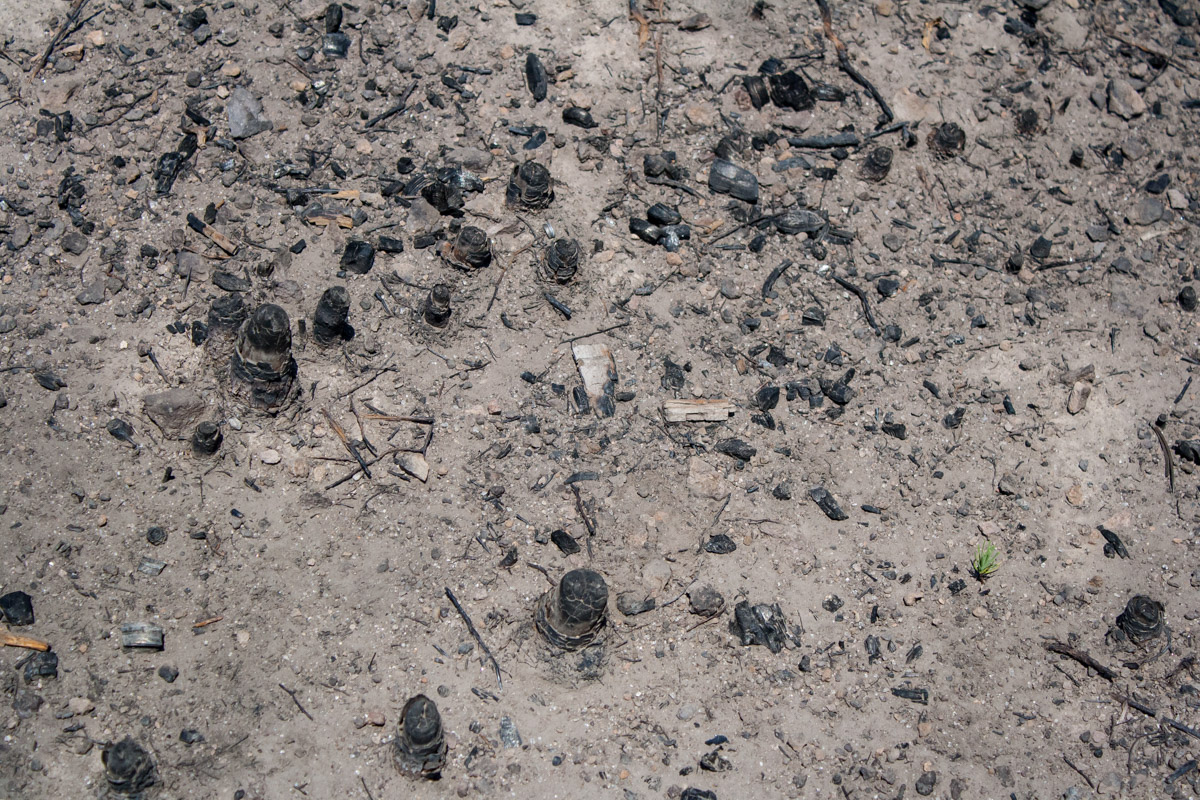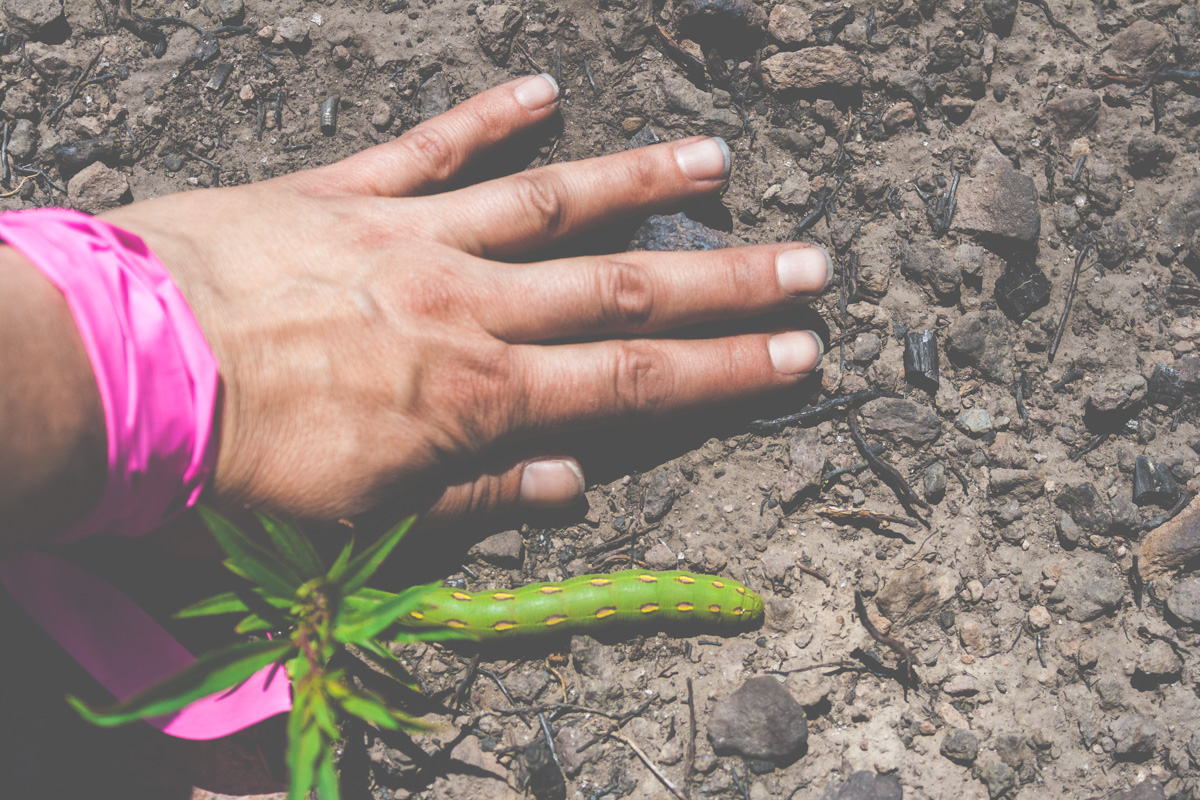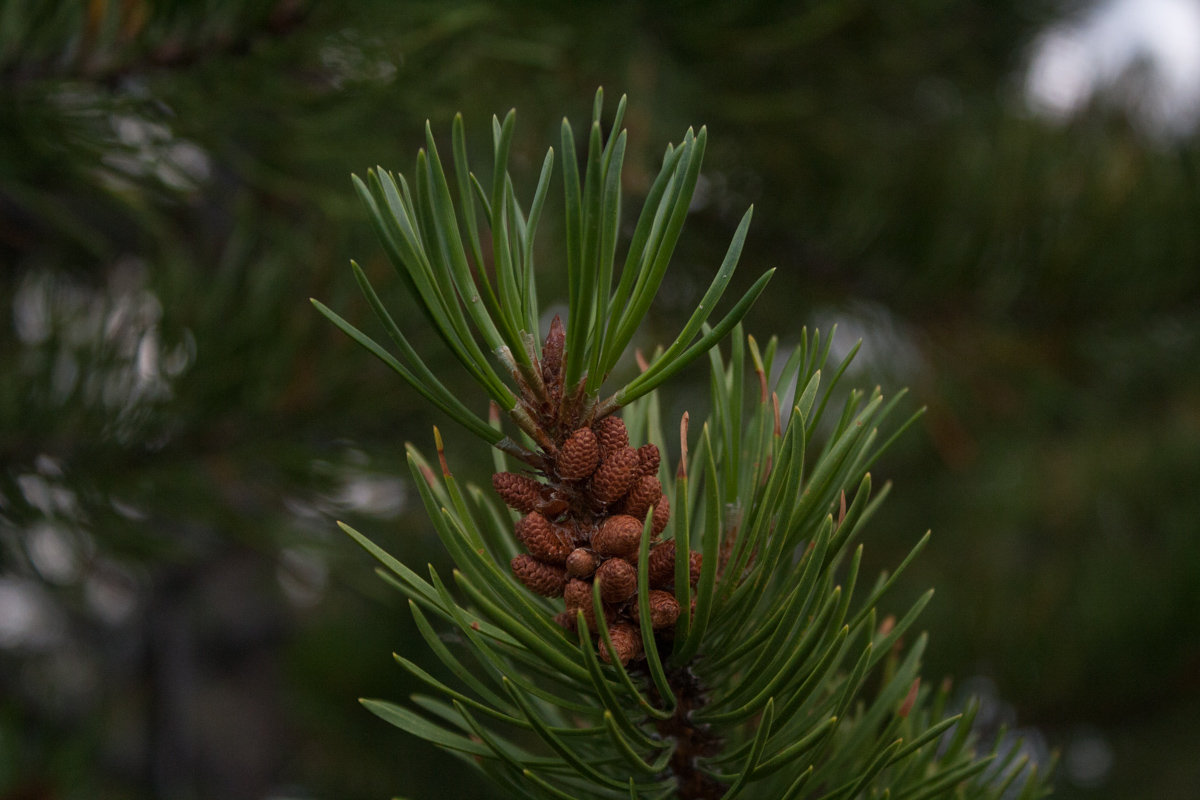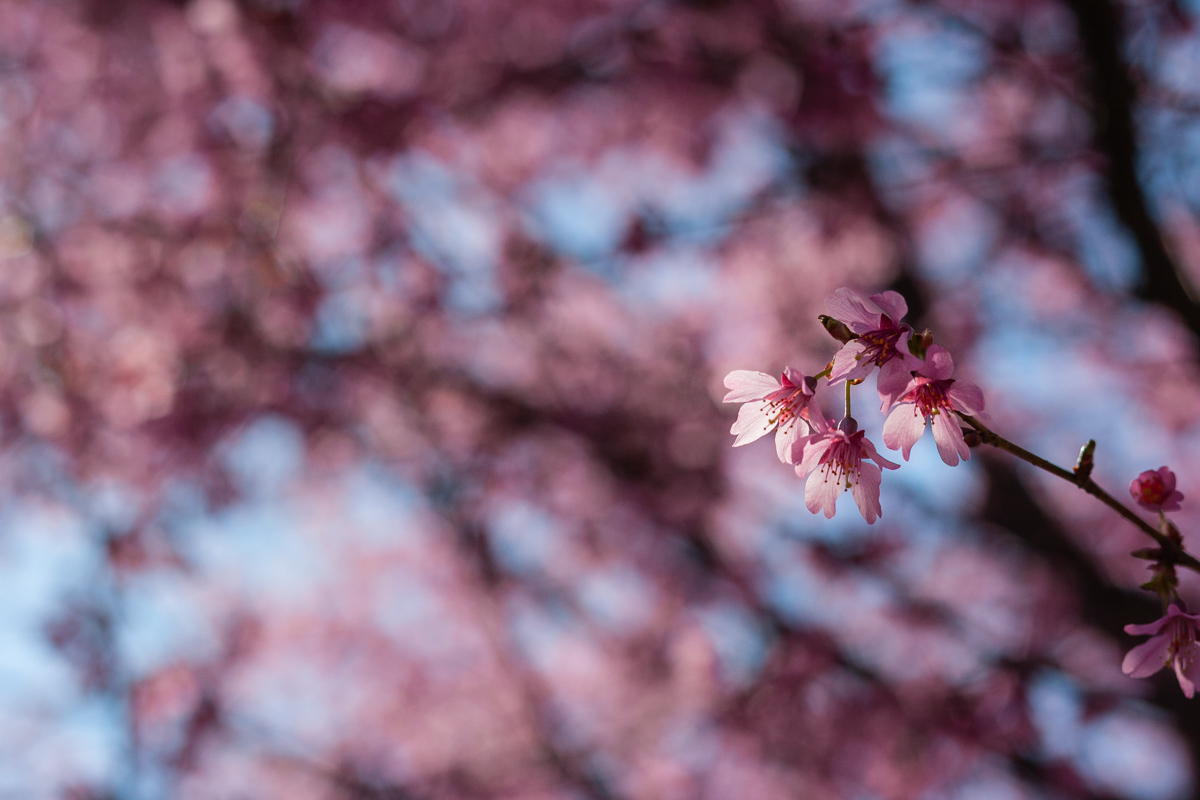
When I lived in Alaska springtime was so short that you missed it if you blinked, I wrote about that last week. In Madison I don’t remember spring being that spectacular, other than the Magnolia outside my work blooming. And maybe that was one of the reasons but I also think spring came very late to Madison and Wisconsin last year.
April 28th 2018, Wyalusing State Park, Wisconsin:
When we first got here to NYC I was actually quite surprised by all the trees and green space almost everywhere on Manhattan (I mean, not including Central Park of course). Madison also has a huge amount of green space, even more than NYC, and in Alaska you basically lived in the forest so. NYC Parks also has this collaboration with the community called Green Thumb as I mentioned earlier, and the community gardens are always so pretty. There are quite a lot of them around Harlem. We also have quite a few large parks nearby. Randall Island is an island in the East River, then we have Marcus Garvey Park and Morningside Park here in Harlem and around Columbia.
March 26th 2019, Morningside Park:
April 1st 2019, Washington Square Park:
April 3rd 2019, Central Park:
We went to Colorado last weekend and the cherries on the west side of Onassis reservoir had just started to bloom. Once I got back I was unsure how much would still be blooming, and to my surprise it still was. Yesterday we walked by the cherry trees on the west side of the reservoir again and those trees are on their way out. But there are a ton of other cherry trees (I think they are) still waiting to bloom, and on the east side of the reservoir there are trees blooming too.
April 3rd 2019, Central Park:
Another thing I am quite surprised about are all the apps and scripts and just about anything that has been created for users who are interested in NYC and everything you could possibly think of. For instance I found this guide from the Central Park Conservancy which guides you through all the spring blooming of Central Park. According to the guide there are Yoshino Cherry trees on the east side, and Kwanzan trees on the west side of the reservoir. But the ones on the west side look more like Okame Cherry trees. The west side cherries are more pink, if those are what I have been seeing, while the Yoshino are more white (at least if you stand on the west side looking across the reservoir and the east side cherry trees). You can also visit the bloom guide for the most popular flowers on their website, and you can also head to NYC parks where they list what trees and flowers have started to bloom.

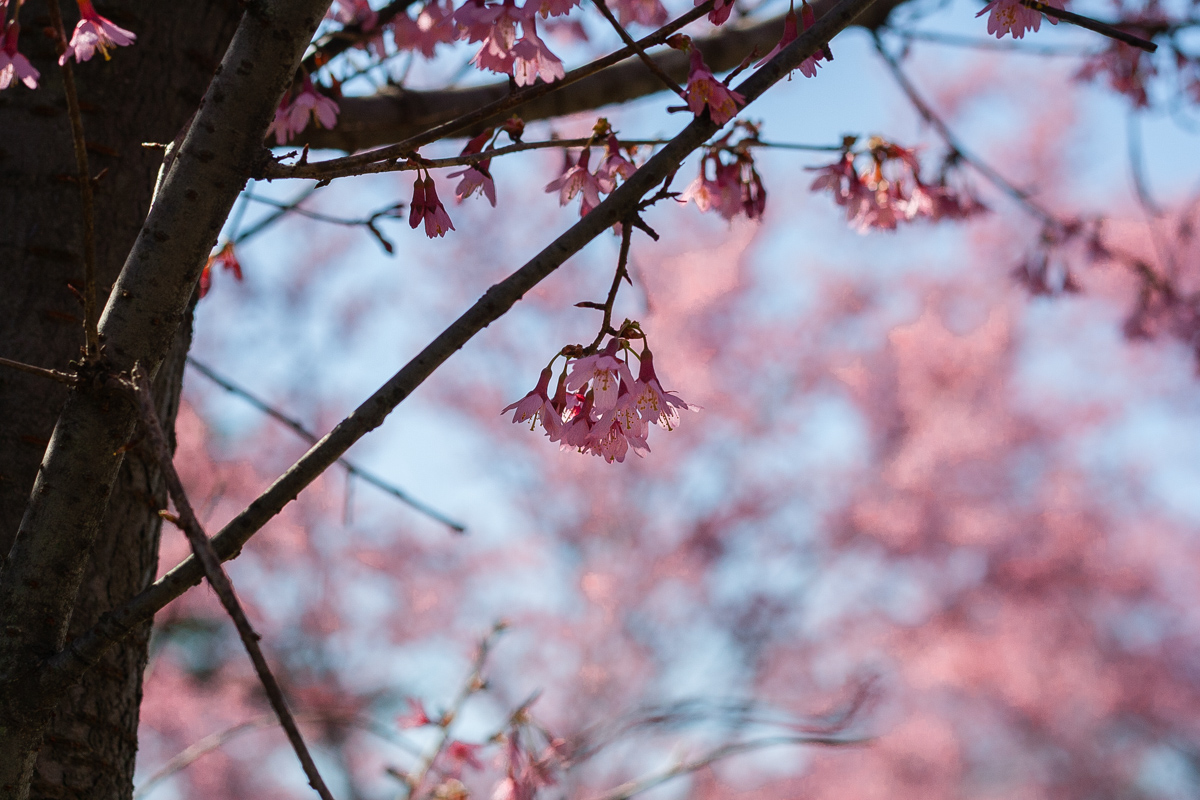
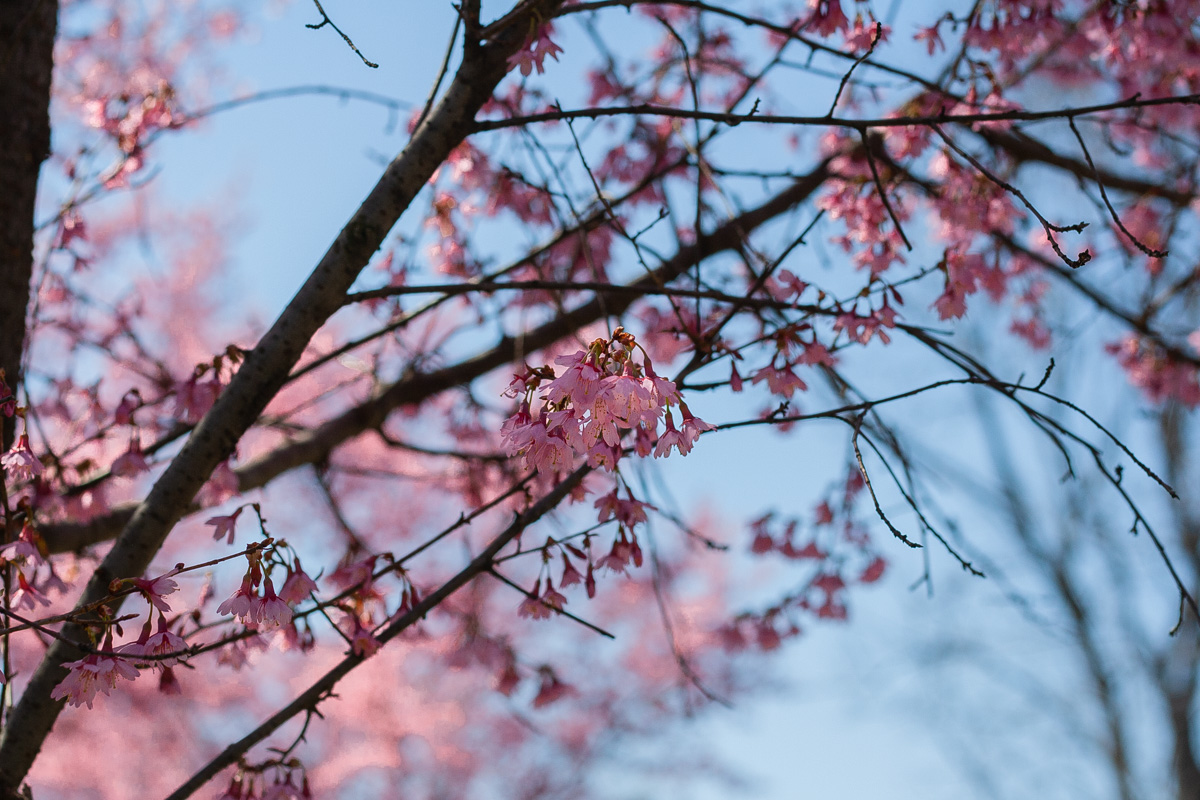
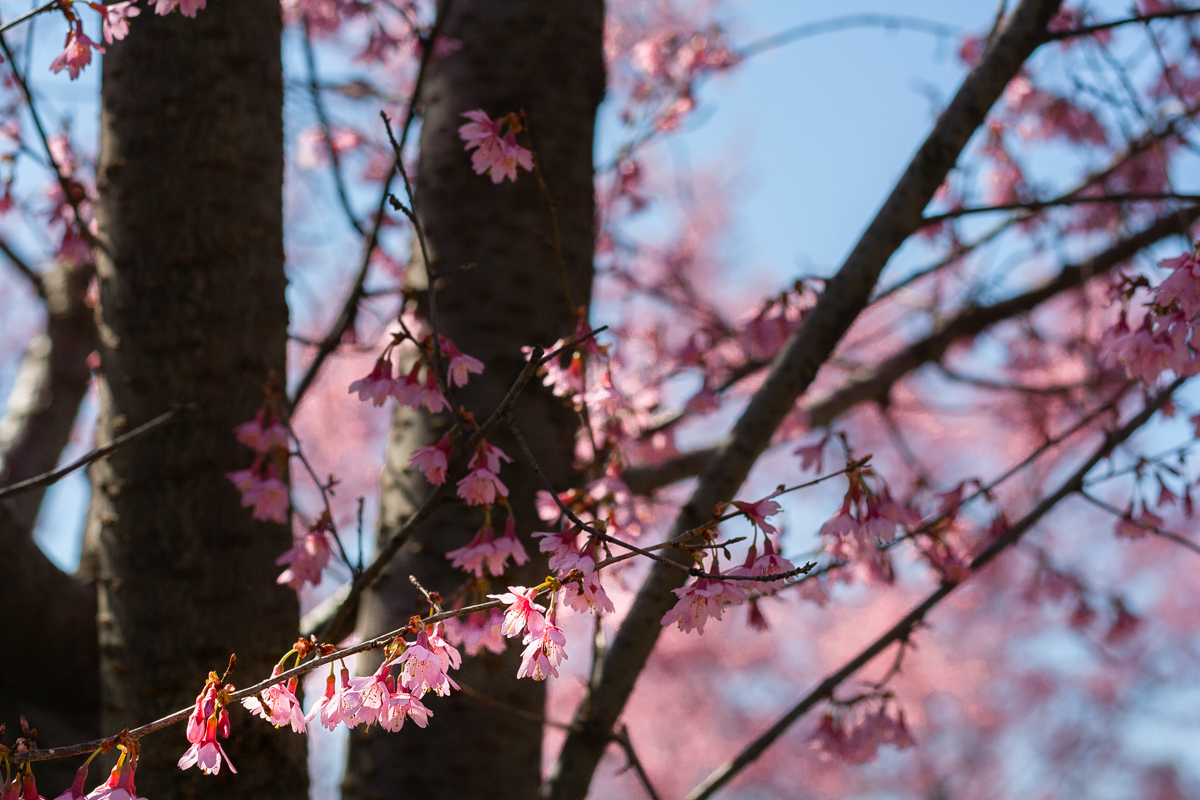
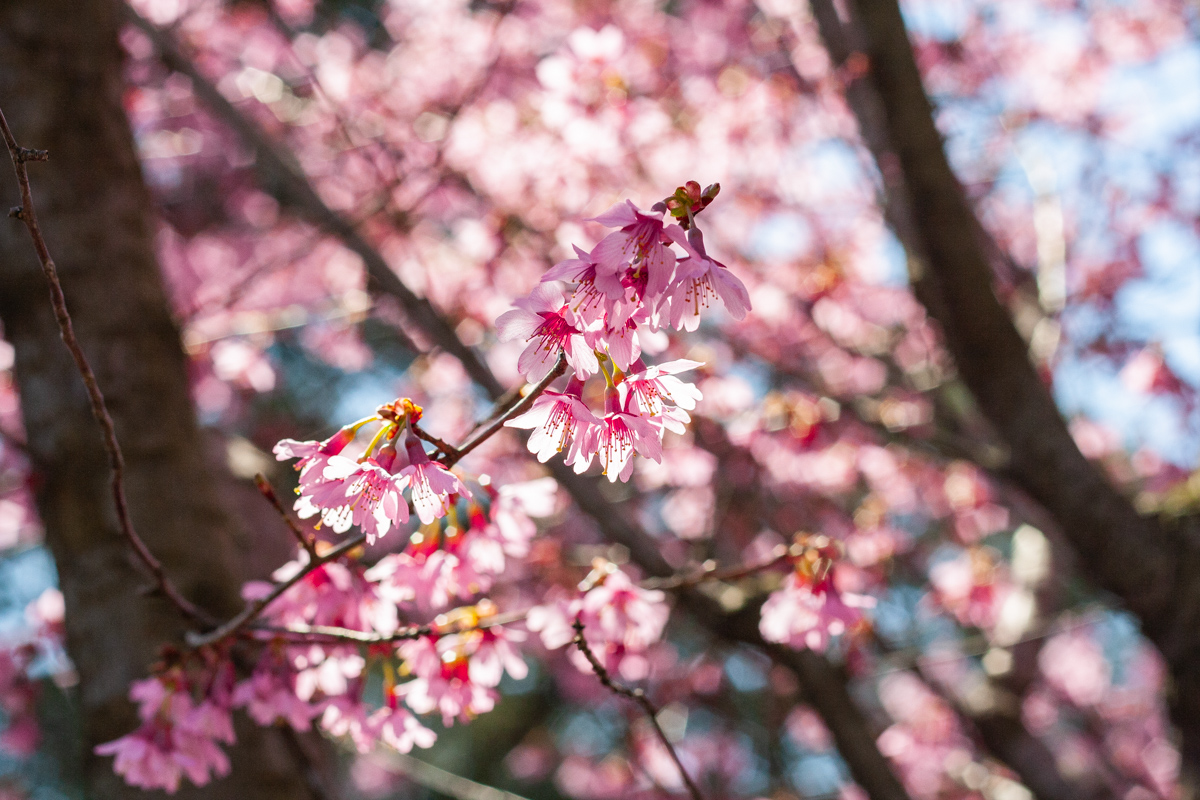
Around Columbia Cherry trees and Magnolias are in full bloom or at least reaching full bloom. I am used to Magnolia having a full bloom for a few days before it starts to taper off. But that all also depends on temperature and rain of course.
